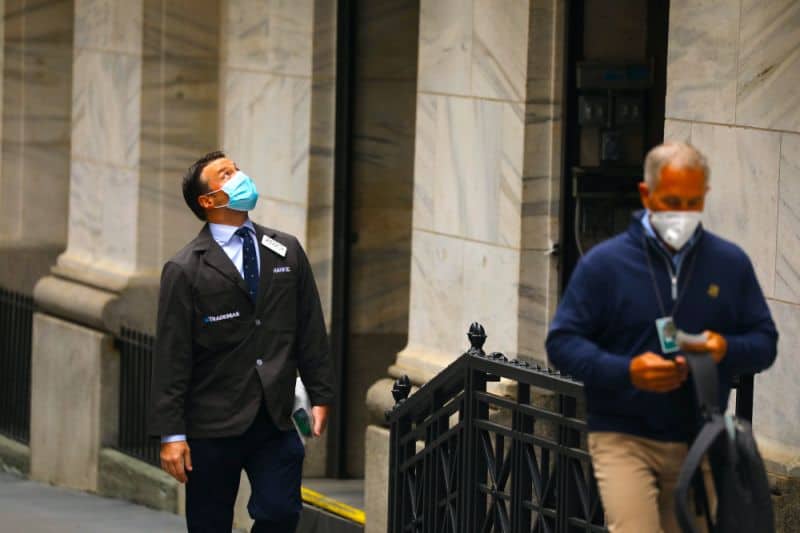The perfect trifecta alignment that drove stock prices significantly higher is now in play. While Federal Reserve liquidity support remains a constant, this is not the case for the optimism about continued healthy economic re-openings. The tiebreaker determining where markets go from here is likely to come from what market participants call “technicals” – specifically, whether strong retail inflows continue to overwhelm the more cautious positioning of institutional investors.
The last few weeks saw the driver of large equity gains transition from the “stay home” stocks to more speculative “re-opening” names and, accordingly, from market leaders to laggards. Significant retail flows served as important fuel for this rotation, resulting in a sharp and fast leg up that helped the S&P (^GSPC) erase the entirety of its losses for the year – this, in the context of a supportive overall environment that involved consistent signs of both healthy economic re-openings and central bank policy support. With that came greater volatility, and not just for the major indices which have now suddenly retraced most of their last move up. Many restructuring names, such as Hertz (HTZ) and other speculative opportunities embarked on breathtaking rollercoasters.
The more confusing situation of the last few days doesn’t reflect major doubts about central bank support. This remains consistent as we will hear this week from Fed Chair Powell’s semi-annual Congressional testimony (though not necessarily advisable for long-term healthy growth and genuine financial stability). Instead, it’s about fundamentals.
The economic and corporate outlook has gotten trickier as the optimism of continued healthy re-openings in Europe and parts of Asia clash with renewed targeted COVID-19 lockdowns in Beijing, surging cases and hospitalizations in some U.S. states, and a lot more concerning developments in a growing number of developing countries. With the resurgence of health concerns in the latter three groups, both households and companies now again have questions about the extent to which, after the economic sudden stop resulting from government-mandated lockdowns, they will be both willing and able to expand their engagement in economic activities.
It’s hard to see the (positive) policy versus (more uncertain) fundamental tug-of-war resolved in the next couple of weeks. Indeed, what determines where equity prices go in the very short-term may well come down to technicals and, in particular, whether continued inflows from optimistic small investors can offset the greater skepticism of institutional flows. I don’t have a confident answer to offer you on how this will evolve other than noting that this has implications that go well beyond the short-term market prospects.
Broad retail sector participation is important not just for solid long-term market functioning but also for more societal buy-in for the market-based system that has been so vital for economic wellbeing (think of it as a necessary though not sufficient condition). With the exceptional involvement of central banks in markets, it also has implications for the credibility and effectiveness of monetary policy. All of which highlights even more the importance of transparency, symmetrical information, investor education and an overall level playing field for all investors.
The last thing we need – for economic, financial, institutional and socio-political reasons – is yet another blame game augmenting what too many people already feel are a series of “rigged” outcomes favoring the better-off segments of society.

